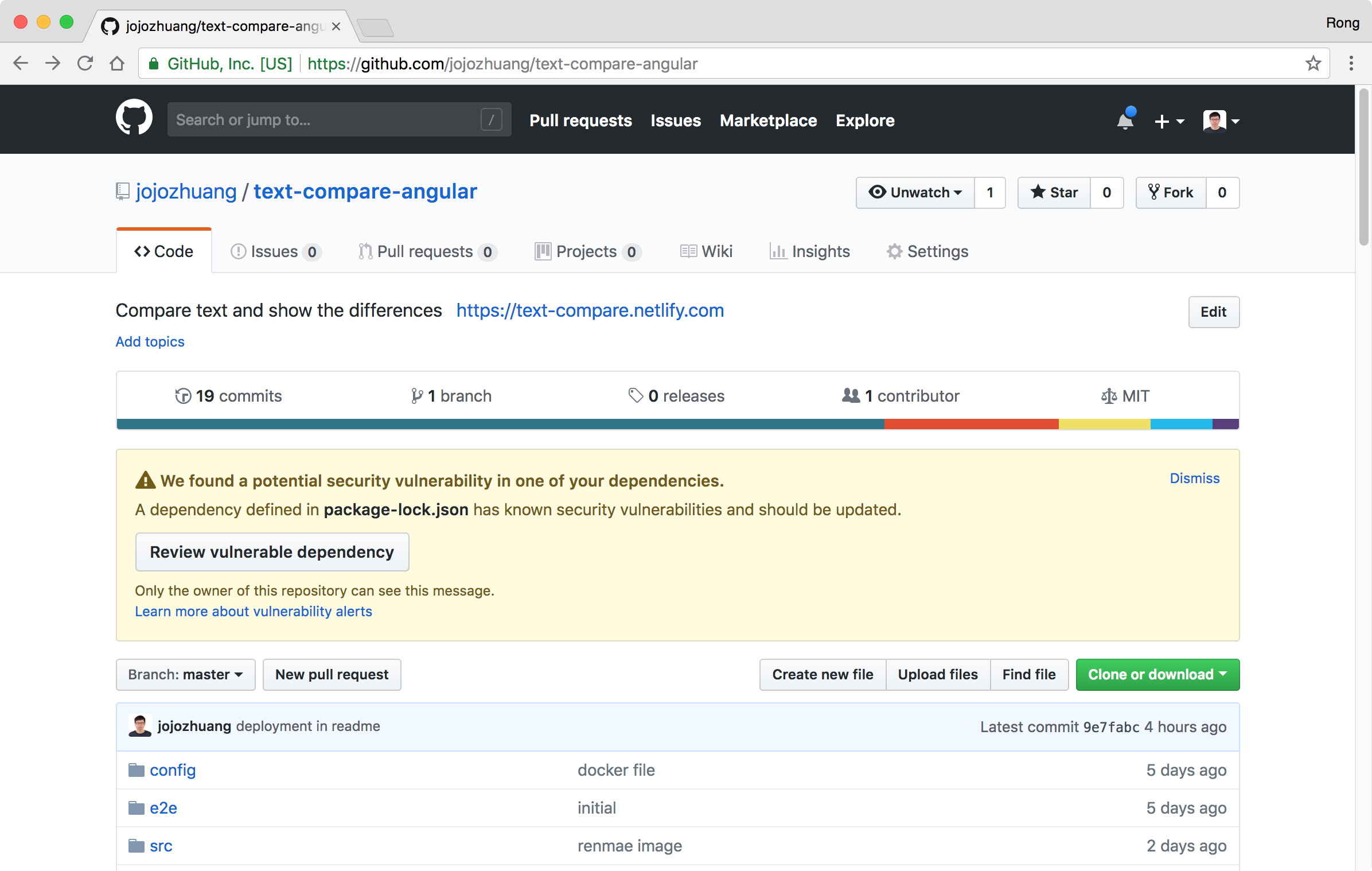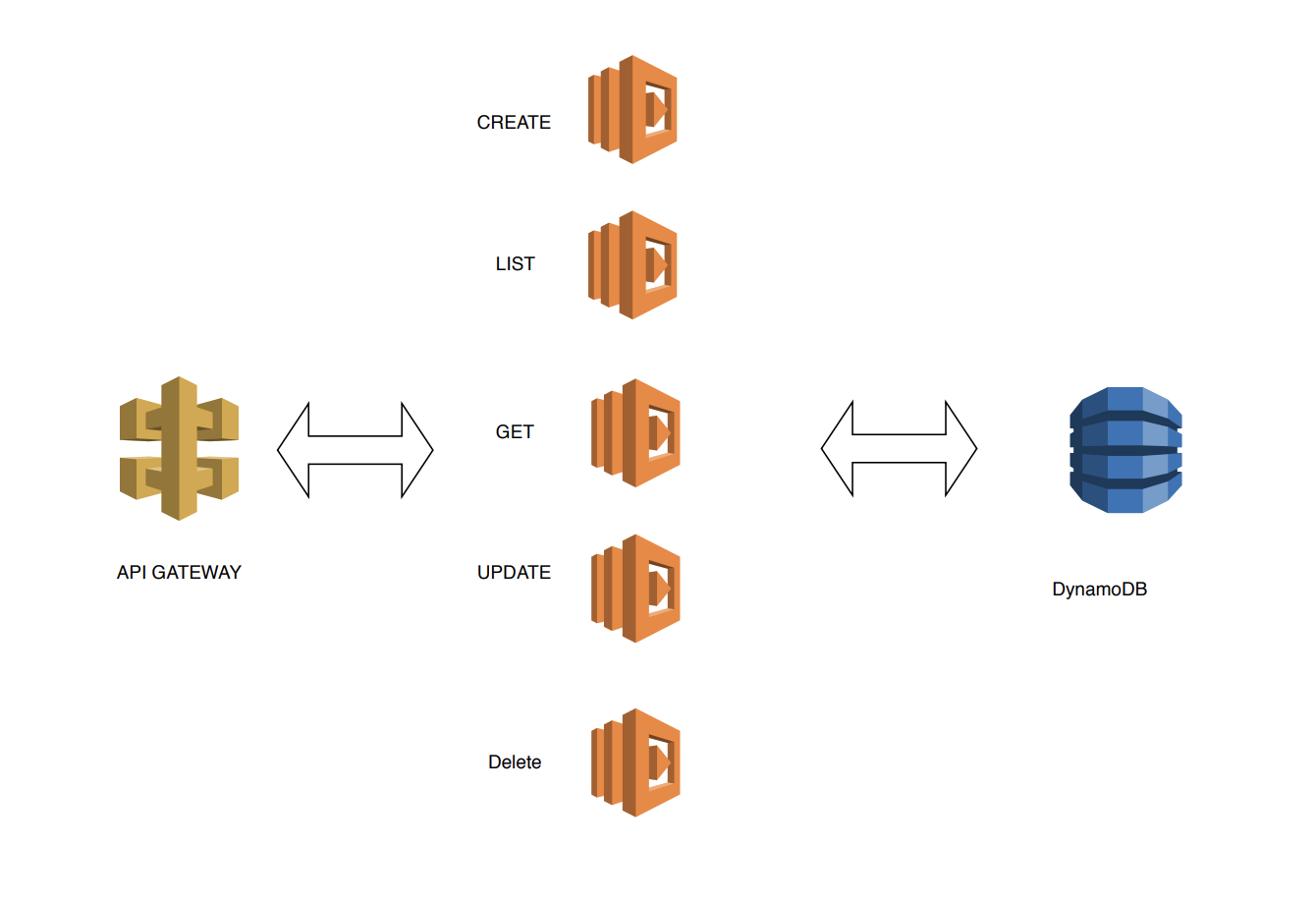

Copy this and save it somewhere-we'll be using this as our API key inside our Node.js app. You'll now have a personal access token generated for you. Set an expiry on the token and click on Generate. After that, you can select all the privileges you want to enable for this access token. Next, select the Personal Access Tokens section from the left panel of Developer Settings. Then, go to Developer Settings from the Settings page. First, log in to your GitHub account and go to the Settings section on your homepage. Your GitHub API's private key is a personal access token that you can generate from your GitHub account. So let's go ahead and generate a private API key for authenticating our API requests. This enables you to make 5,000 API calls or requests in an hour as opposed to 60 requests per hour when using the API without authentication. GitHub provides loads of utility-rich APIs that you can use to do everything Generate GitHub API KeyĪs a first step, you need a private API key to access the GitHub APIs as an authorized user.
#Nodejs github how to#
You'll understand how to store your GitHub API keys, set up a Node.js app with relevant libraries, and build some simple GET APIs to pull some information from GitHub APIs.

So in this post, I'll walk you through how you can use the GitHub API in Node.js. From searching for users to finding repository details to getting commit history for a repository to creating pull requests, there's an API for almost every workflow! GitHub provides loads of utility-rich APIs that you can use to do literally everything. But did you know there is a more interesting way to use GitHub besides its intuitive web interface and CLI? Once it's built, your site should be available at your github.io endpoint.You've probably used GitHub tons of times, be it for work or for personal projects. Lastly, make sure in the Settings -> Pages section, you select gh-pages as the branch to host and leave the directory as / (root). The standard is build, but mine was public. The -d specifies your output build directory. You need the -global to ensure the bin file is on your PATH and -save-dev should add it as a dependency in your package.jsonĪfter that, just npm run build & gh-pages -d build.
#Nodejs github install#
Then make sure you npm install -global gh-pages -save-dev. In the root of your package.json, add "homepage": " Where the pages-endpoint is the endpoint you specified in the Settings -> Pages portion of your repository, and repo is the name of your repository. (I'm going to assume you have a package and/or directory ready to publish.) I would like to add that it IS very much possible, as I am doing it right now. I have not tried this though and so cannot speak to how well it works. The docs for next.js also provides instructions for setting up with Vercel which appears to be a hosting service for node.js apps similar to github pages. Run: echo "::set-output name=dir::$(yarn cache dir)"
#Nodejs github full#
Here is my full github action: name: github pages I also added an env directive to the yarn build step so that I can include the SHA hash of the commit that generated the build inside my app, but this is optional.remove the line containing yarn export because that command does not exist and it doesn't seem to add anything helpful (you may also want to change the build line above it to suit your needs).


I based my workflow off of this guide for a different react library, and had to make the following changes to get it to work for me: While not completely ideal as i'd like to avoid committing the built files, it seems like this is currently the only way to publish to github pages and should work for any frontend Node.js app (or app built with a frontend framework like React or Vue) that can be served as static files. I was able to set up github actions to automatically commit the results of a node build command ( yarn build in my case but it should work with npm too) to the gh-pages branch whenever a new commit is pushed to master.


 0 kommentar(er)
0 kommentar(er)
